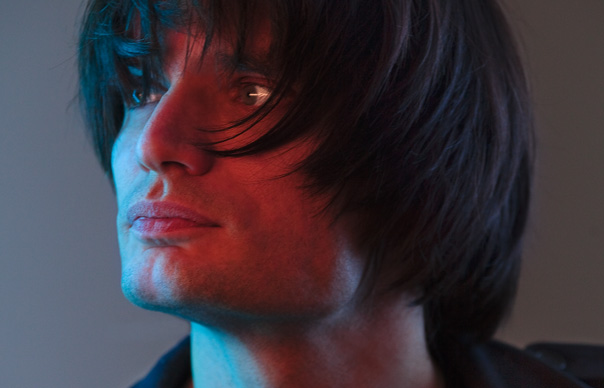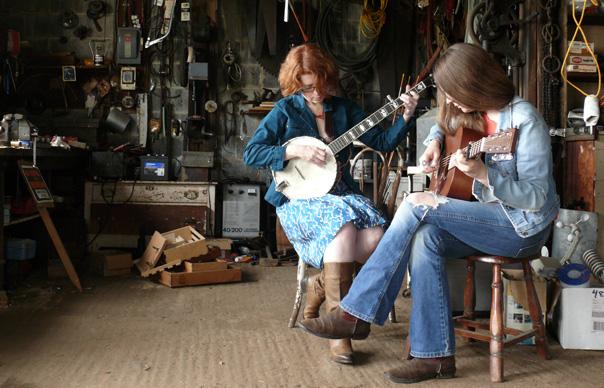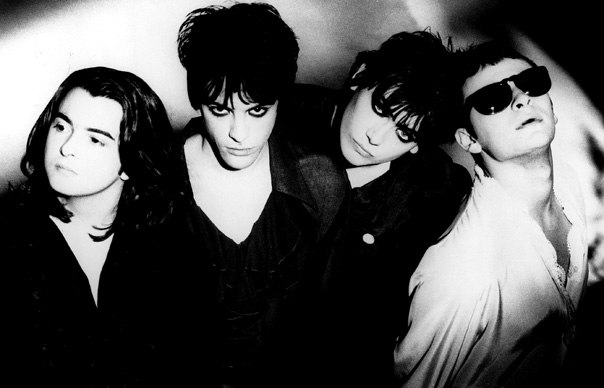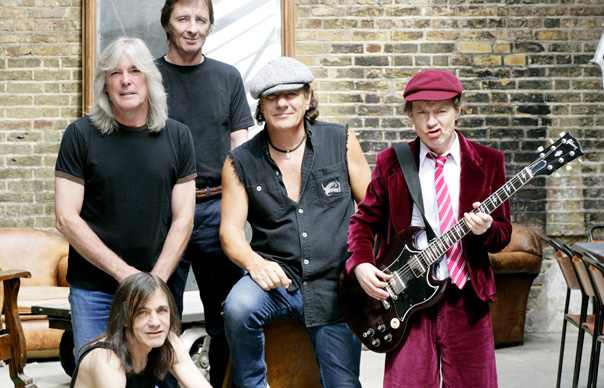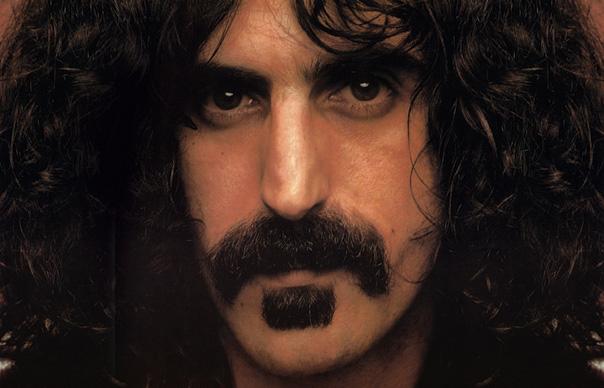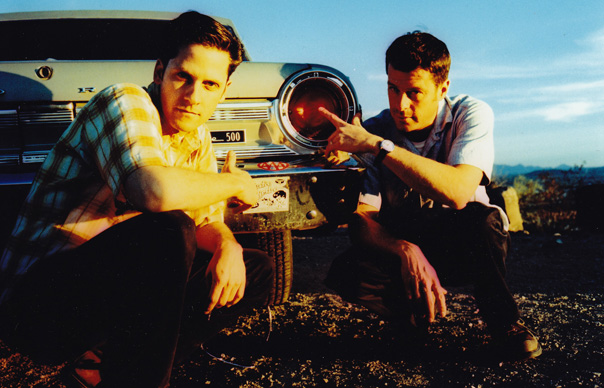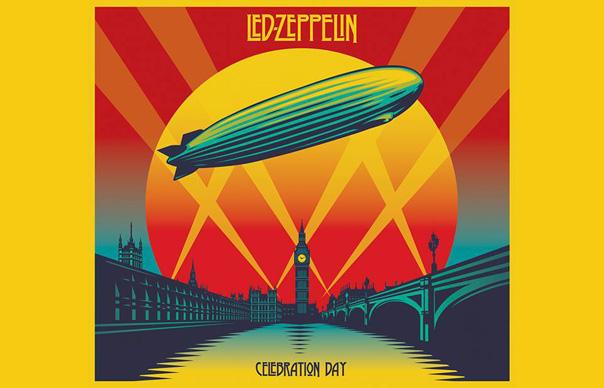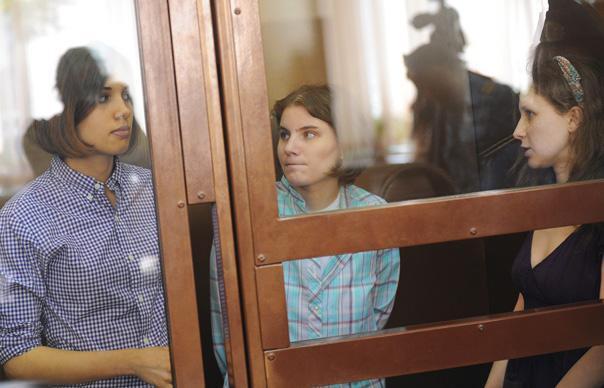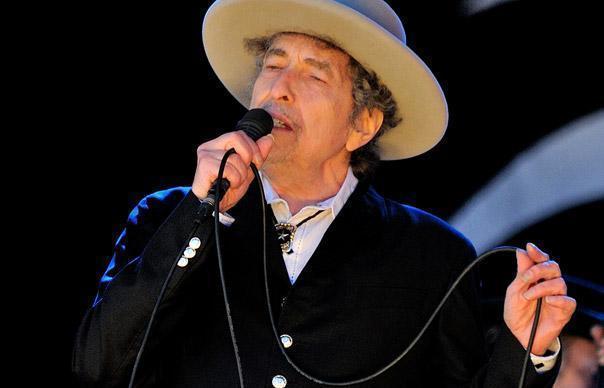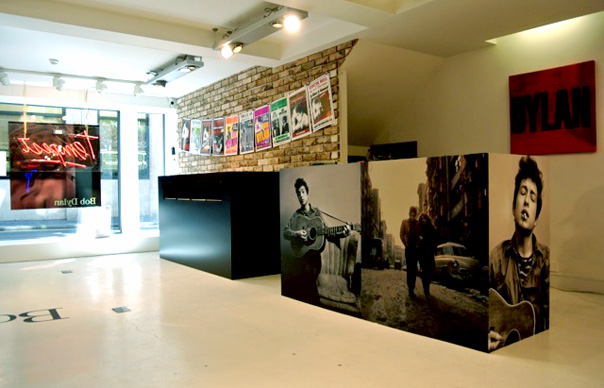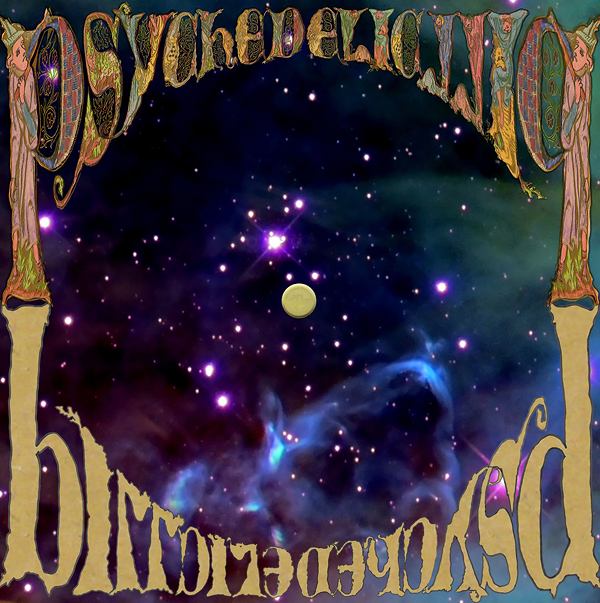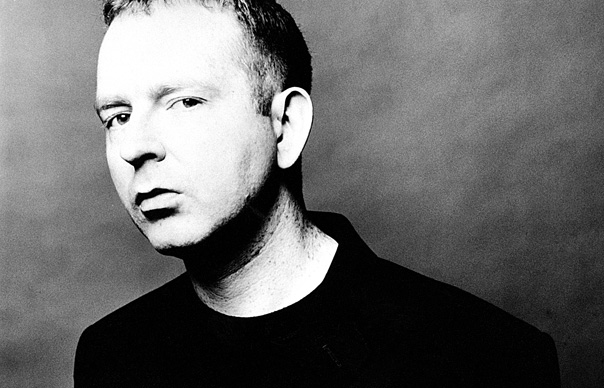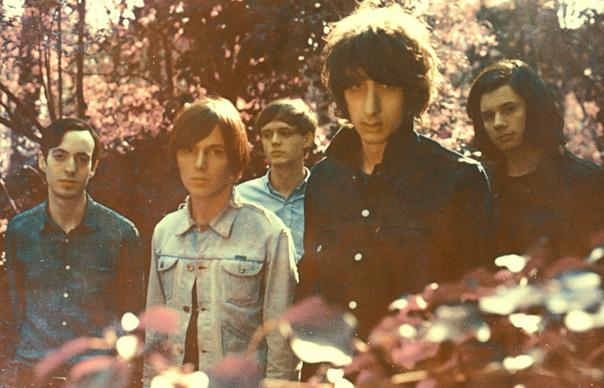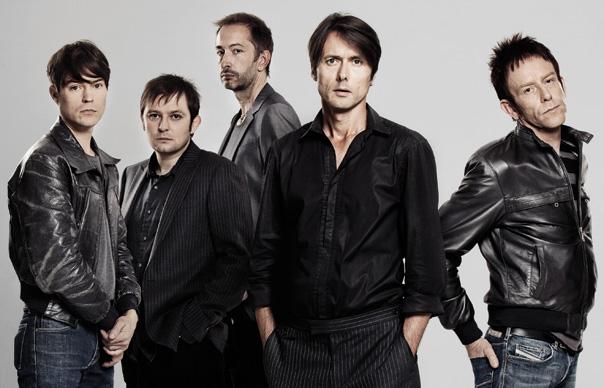Calexico’s new album, Algiers, is reviewed in the current issue of Uncut (October 2012, Take 185) – so we thought we’d take a trip back to April 2003 (Take 71), when Uncut’s John Mulvey flew out to Tucson, Arizona to discover more about the duo’s redrawing of the alt.country map.
__________________________
Tucson, Arizona: a mythical place that sprawls over nearly 50 miles of a strikingly inhospitable part of the American Southwest, surrounded by the Sonoran Desert, a wilderness dominated by virtual forests of saguaro cacti, plants that look like organic telegraph poles and grow to a daunting 50 feet.
In the desert, something resembling springtime occurs once every 17 years, and temperatures in July can reach 145˚F. For the thousands of illegal immigrants who try to cross the desert from Mexico every year, on their way to a vision of prosperity in the US, it can prove lethal.
“There’s no moisture, so the rate of dehydration is a lot faster,” explains Calexico drummer John Convertino. “You can set out on a hike with a gallon of water, drink it the whole two hours that you’re hiking, and then the two hours that you’re coming back there’s a good chance you’ll completely dehydrate.”
“Our friend Steven Eye, who runs Solar Culture [a local art gallery/performance space], is a very cosmic gentleman,” continues the other half of Calexico, Joey Burns. “He was saying that living here is a time to get in touch with your reptilian spirit. You sleep during the day, go out at night. You avoid the sun and crawl under a rock.”
You’ll find the Hotel Congress in downtown Tucson, where the city’s prolific creative scene is concentrated into a stretch of the semi-derelict area. The Congress is a shabby and glamorous haunt – a popular spot for drifters, bohemians and ghosts since 1919 – sitting between the Amtrak train and Greyhound bus stations, and ideal for chance meetings or clandestine business. John Parish, the producer and musician, found a knife and some cocaine abandoned in his room there on his wedding night. Back in 1934, legendary gangster John Dillinger used it as a hide-out. When the hotel caught fire, his gang demanded the firemen rescue their bags – packed with guns – from the blaze. It led, inevitably, to their arrest.
Tonight, the Congress is busy with sex workers from a convention across the road, and with many of the leading figures of Tucson’s flourishing music scene. Calexico are to play a short set of cover versions in the hotel club, even though Convertino is afflicted by flu. The twist is, all the songs are by ’80s hardcore legends Minutemen, a band whose political conscience, vivid narratives and awareness of Mexican music had a profound influence on Burns and Convertino when they were growing up. One of the songs, “Corona”, is particularly apposite.
“The people will survive in their environment,” Burns sings, following the words of the late D Boon. “The dirt, scarcity and emptiness of our South.”
More than anything, the music of Calexico is a music of place. It captures the spirit of this culturally diverse city, the beautiful and hostile desert which surrounds it, and the complex financial and social relationship it maintains with the Mexican border, some 100 miles to the south.
“There’s a lot of things I can’t do and I won’t do,” says Joey Burns the next day, sitting with John Convertino in Wavelab Studios, where most Calexico records – including their new, career-topping album Feast Of Wire – have been recorded. “I have a hard time singing songs with ‘I’, ‘Me’ and ‘You’. It’s hard to get into the mindset to sing ballads or love songs. I don’t really want to sing those songs. I’ve heard enough of them. I want to hear something else, something in a different language or a different expression. We’re coming more from the angle that a character from a Cormac McCarthy book might take. Or maybe the narrator observing people coming together in areas like this.”
It sounds like a rather detached, academic approach to songwriting. But even a cursory listen to Calexico’s vivid and involving music dispels such notions. Much of Feast Of Wire, for instance, examines border politics with a humane and moral lightness of touch. For these songs, Burns took inspiration from Across The Wire and By The Lake Of Sleeping Children by Luis Alberto Urrea, a journalist who spent years working with the poor inhabitants of Tijuana’s garbage dumps. Urrea is very good at graphically explaining why so many Mexicans – and so many more from Central and South America – are desperate to risk their lives breaking into the USA.
“Imagine how bad things get to make you leave behind your family, your friends, your lovers,” he writes at the beginning of Across The Wire, before detailing the unimaginable hardships of their lives.
One image, the “Lake Of Sleeping Children”, made such an impact on Burns that he stitched it into his lyrics for “Across The Wire” on the new record. Urrea describes how a makeshift graveyard in a part of the garbage dumps is flooded. Excrement-filled water brings the flimsy coffins and children’s corpses bobbing to the surface, where their flesh is picked at by gulls. These are the conditions which often make an escape from Mexican poverty imperative, and which propel songs like “Across The Wire”.
“Various features of your journey north might include police corruption; violence in the forms of beatings, rape, murder, torture; road accidents; theft; incarceration,” notes Urrea. “Additionally, you might experience loneliness, fear, exhaustion, sorrow, cold, heat, diarrhoea, thirst, hunger.”
“After coming off the road and being absent from Tucson for so long,” says Burns, “I was starting to feel a little disconnected from this place, and I really wanted to spend some time just being here. I wanted to say something that would be connected to this area. Being involved with some of the local musicians, especially Mariachi Luz De Luna [who played with Calexico in Europe last November], I learnt about the music and what goes into making the music; everything from their attitude, their homes, their families, their daily lives, finding out what makes them get up and play music after working a long day. They either teach music to students, or work construction, contracting, plumbers, one’s a police officer by day.
“I was talking to one of them, Jaime Valencia, who is a plumber and does construction, about the idea of the border. This last summer there were 150 deaths of immigrants trying to cross into the US, due to lack of water. Every day there’d be several found dead. They were being led across by guides called ‘coyotes’. They pay them $1,000 or $1,500. It’s kind of a scam – they just leave them, or there’s a huge risk factor, not only of survival but of making a destination.”
In many places, the border doesn’t visibly exist. The only thing that lies between Mexico and the US is the desert, the Empty Quarter. Down in the Southwest, the idea of the border can be a pretty malleable concept, not least in the music of Calexico. In the environs of Tucson, cultures blur. Arizona only joined the Union in 1912, and parts of the town are far more Mexican in spirit than American. There is, too, the fact that while the US officially disapproves of the immigrants and takes highly visible steps to tighten the border, its economy actually depends on the cheap, illegal labour.
The mingling of themes and traditions is integral to the way Calexico work. Often, their music’s dustiness and scope, its evocation of mythical frontiers and beautiful deserts, has been misconstrued as escapist. Feast Of Wire, however, clarifies their complex vision of the Southwest as an area at once stimulating and problematic, one where economic realities play as critical a role as tumbleweed fantasies.
Clearly, though, they love Tucson. Joey Burns makes a keen cheerleader for the Old Pueblo, as it’s known, as he busies himself around town in his white 1960 Chevy. In the space of three days, he’ll play a Minutemen covers set, an impromptu gig with Mariachi Luz De Luna, and bump into his Giant Sand bandmate Howe Gelb at a local restaurant. He and Convertino will also find time to help producer Craig Schumacher prepare a remix of “Quattro” at WaveLab; shoot some footage for a film about them being made by Bill Carter, an old friend more famous for his U2 collaborations; and play another gig as backing band for Burns’ former girlfriend, the outstanding Neko Case.
Burns and Convertino met in 1989 in Los Angeles, when Burns – a classically trained musician who was born in Montreal, grew up in Southern California and worked for punk label SST – was recruited as Giant Sand’s bassist. Convertino, born in New York and raised in Oklahoma, with a background in family gospel groups and a vast collection of jazz records, had been playing with Howe Gelb for a while already. Their move to Tucson came a couple of years later, not through a romantic whim but because Gelb’s father could ensure his granddaughter a place in a good school in the town.
It wasn’t long, though, before the town’s atmosphere began permeating their music, not just in Giant Sand recordings but the work they were doing on their own.
“If you’re a painter, you don’t go to the desert to paint ocean scenes,” notes Convertino. “I feel like we’ve allowed the region to absorb into the music. In California, we were playing a different style of music. At that time, allowing for the region where you lived, or the roots you start to grow, hadn’t developed yet.”
Burns realised Tucson was affecting his art when he spent days getting lost in the town. He’d hang out at a friend’s house maybe, go listen to the old jukebox in the Hotel Congress Tap Room, pick up some old vinyl at a thrift store.
“I think the defining moments were picking up records by Al Caiola,” he remembers. “He was this Italian-American instrumentalist who played a lot of songs you’d hear at an Italian-American restaurant, huge orchestrations with 50 mandolins. It was from those records and at that time that we started doing instrumental music with the Friends Of Dean Martinez [a kind of desert lounge band]. Listening to these non-rock records opened the door to different sounds and different ways of performing music.”
Picking up second-hand mandolins, marimbas and thunderdrums from the cavernous Chicago Music Store down the road from the Hotel Congress, they recorded Calexico’s 1997 debut, Spoke, at home on an eight-track. Initially a side project to slot alongside Giant Sand and countless jobs as a rhythm section for hire, Calexico flourished with 1998’s The Black Light and 2000’s Hot Rail, albums that stealthily redrew the boundaries of our perceptions of Americana.
Most bands clustered under the unsatisfactory alt.country banner seem to draw on vaguely Appalachian traditions. But Calexico spin the spotlight to the Southwest and its indigenous culture, then incorporate a rich musical knowledge that takes in Gil Evans’ big band jazz, mariachi, Chicagoan post-rock, the dust-caked twang of Duane Eddy and Lee Hazlewood, Ennio Morricone’s widescreen melodrama, and even the faintest spectres of California punk.
__________________________
CALEXICO ARE…
JOEY BURNS
AGE: 36
BACKGROUND: Born in Montreal. Grew up in southern California, where he combined an education in classical music with a burgeoning interest in the LA punk scene centred around SST Records.
INSTRUMENTS: Vocals, guitar, bass, double bass, accordion, cello, organ, mandolin, banjo, vibes, melodica.
CHARACTER: Highly personable, ultra-organised, scholarly and energetic. Tucson should hire him out as a guide to the city, so knowledgeable and enthusiastic is he about the place. Completely entangled in making music, and uses that to ensure little of his actual emotions shine through. Hates putting himself into his songs. Little known about private life, but did have a relationship with singer Neko Case.
JOHN CONVERTINO
AGE: 39
BACKGROUND: Born in New York. Grew up in Oklahoma, where he played as part of his family’s gospel group.
INSTRUMENTS: Drums, percussion, piano.
CHARACTER: Another obsessive musician, though one more willing to show signs of a life beyond it than Burns. Spends as much time as possible with Mia, his eight-year-old daughter. Marriage to DJ/musician Tasha Bundy (a member of Calexico for their 1997 debut album, Spoke) broke down in 2001. Convertino responded by building a six-feet high adobe wall around his garden as a form of therapy. Also recorded a solo seven-inch single, “Sack Of Cement” (Sommerweg), a rare example of one of this usually inseparable pair working apart from each other.


